A couple new experiments
(A fun little experiment: if you want to listen to this rather than read it, you can do that here)
Starting with this newsletter, I'm going to introduce a new section called "Hey ChatGPT." Here's how it's going to work: I'm going to take a question that a reader has posed in the comments or over email - usually something that doesn't necessarily have enough substance for a full post, but is worth thinking about and responding to. I'm going to write my response to the question, and then I'm going to pose the same question to our old buddy ChatGPT. I'll share both responses. I'll probably mess around with the format a bit from time to time. Sometimes I'll try and engage in a conversation with ChatGPT about differences in our responses. Sometimes I'll try and get ChatGPT to conjecture about how I would respond. I've got a plan forming to try and setup a Playground environment where I can train ChatGPT on my writing voice and then see how it might answer these questions in my voice.
But I'll always share my unassisted, purely human response first. Let's give it a shot.
Hey ChatGPT (volume 1)
Here's a question I got over email (and am therefore keeping anonymous):
Considering last year's messiness, this year's focus is either to master one domain or to somehow merge the two to create an impactful and unique journey (and impact). So (selfish) newsletter idea if it resonates: Have you ever experienced this struggle before? Which play did you choose to try out first? Is there anything you should reflect on when you build yourself as a product?
The Seth Answer: I spent almost a decade at the beginning of my career moving between different roles in the wide world of education, because I wanted to understand the ecosystem as holistically as I could - and, honestly, because I never quite felt at home in any one role. I always found things I liked and enjoyed, but the fit was always just a bit off. I encountered quite a few of those roles where I liked it, but I knew that to really endure I needed to love it.
There was no rhyme or reason to the way I went about it, except I was willing to explore and move on to new things if I couldn't shake the feeling that the fit wasn't right, which usually involved a few months of soul searching from the time the feeling first popped up.
You're going to be disappointed when I tell you how I eventually resolved this challenge: I decided I needed some time to figure out how to pull all of these different strands of experience together...so I went to grad school. And in grad school I decided that being cool with the ambiguity and uncertainty, and continuing to navigate based on the most interesting opportunity in front of me at any given time was actually an alright strategy.
What I would point out, though, is that this would probably be a terrible product strategy. It almost deliberately eschews finding fit with the market; it often leads to paths that don't move the metrics up and to the right. It can often be characterized by advances, retreats, about faces, and inexplicable leaps.
All of which is to say, I'm not sure I'd tell you to build yourself as a product. Be a 1 of 1. Be OK slightly confusing or confounding "the market" sometimes. This is obviously a super privileged position to be able to take - and I have certainly been the beneficiary of a lot of privilege - but I still think more people should try and take the weird routes if they can.
But let's see what the robots have to say...
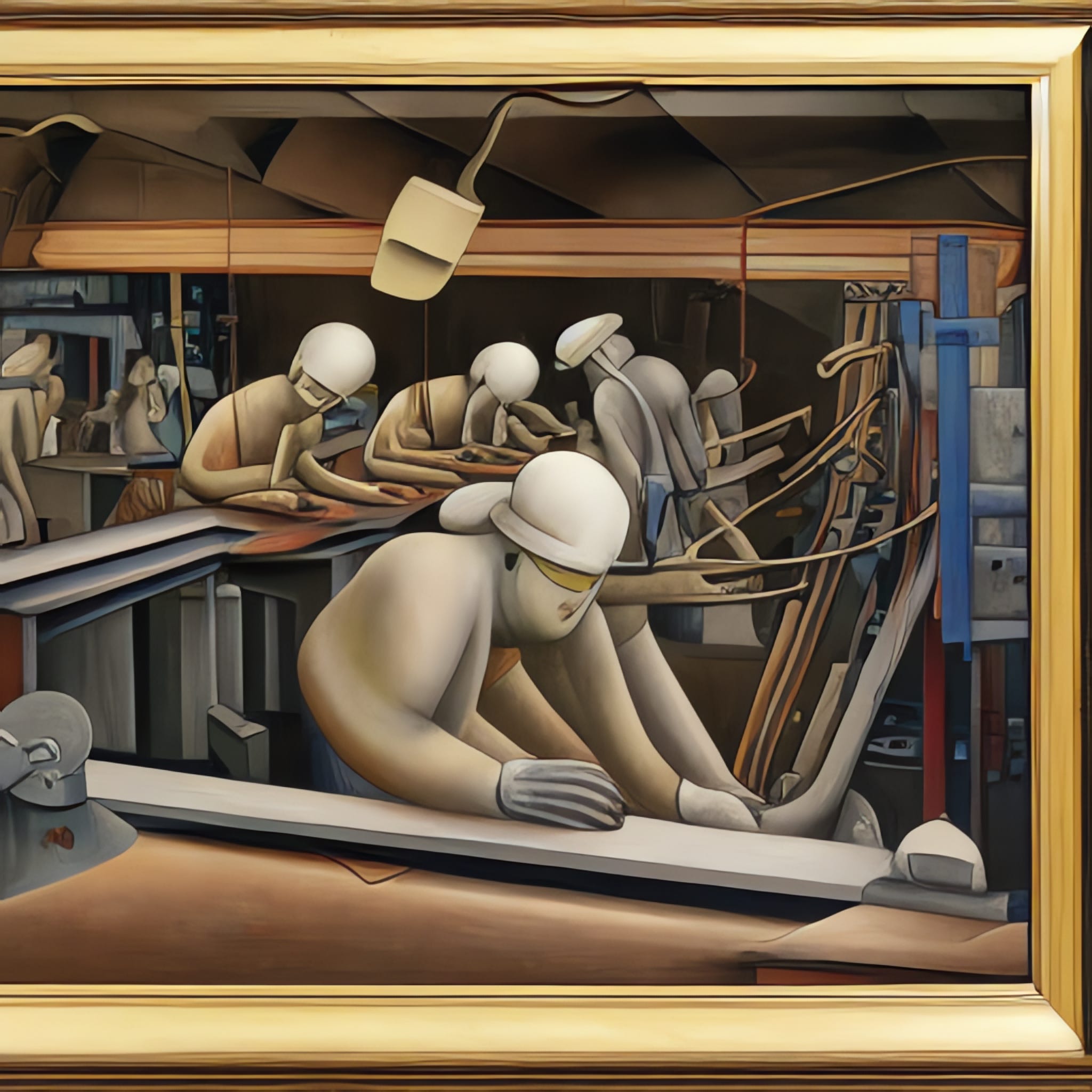
"It is common for individuals to experience struggles when trying to focus on a specific domain or merge multiple areas to create a unique journey. The decision of which play to try out first can depend on various factors such as personal interests, skills, and resources available. When building yourself as a product, it's important to reflect on your unique value proposition, target audience, and how to effectively communicate your strengths and expertise. Additionally, it may be helpful to seek feedback from others and stay up to date with industry developments."
So there you have it. For this first go round, we'll leave it at that. But if you have a question for me (and possibly for ChatGPT) send it my way or drop it in the comments below.
On to the links...
Keeping on with the theme of the new age of AI we seem to be entering into...
- Nick Cave responds to AI generated lyrics in the style of Nick Cave. First of all, he's right - those lyrics are rubbish. Second of all, this is what I was trying to get at in my final year end wrap up post. There's plenty of media that's commodity and pure commerce. The image above is AI generated; it's there because I wanted to have a unique image in my newsletter. That's nice. But it's not art; at best, it's an imitation of art.
- Which isn't to say that generative AI can't be an incredible tool in the creation of art. Many of the most talented artists and creators I know not only feel unthreatened by generative AI, but they see it as something they can use to open up new possibilities in their own work. Exhibit A: Check out Linda Rebeiz. Her work has incredible craftsmanship, thematic and conceptual depth, and novel ways of integrating generative tools.
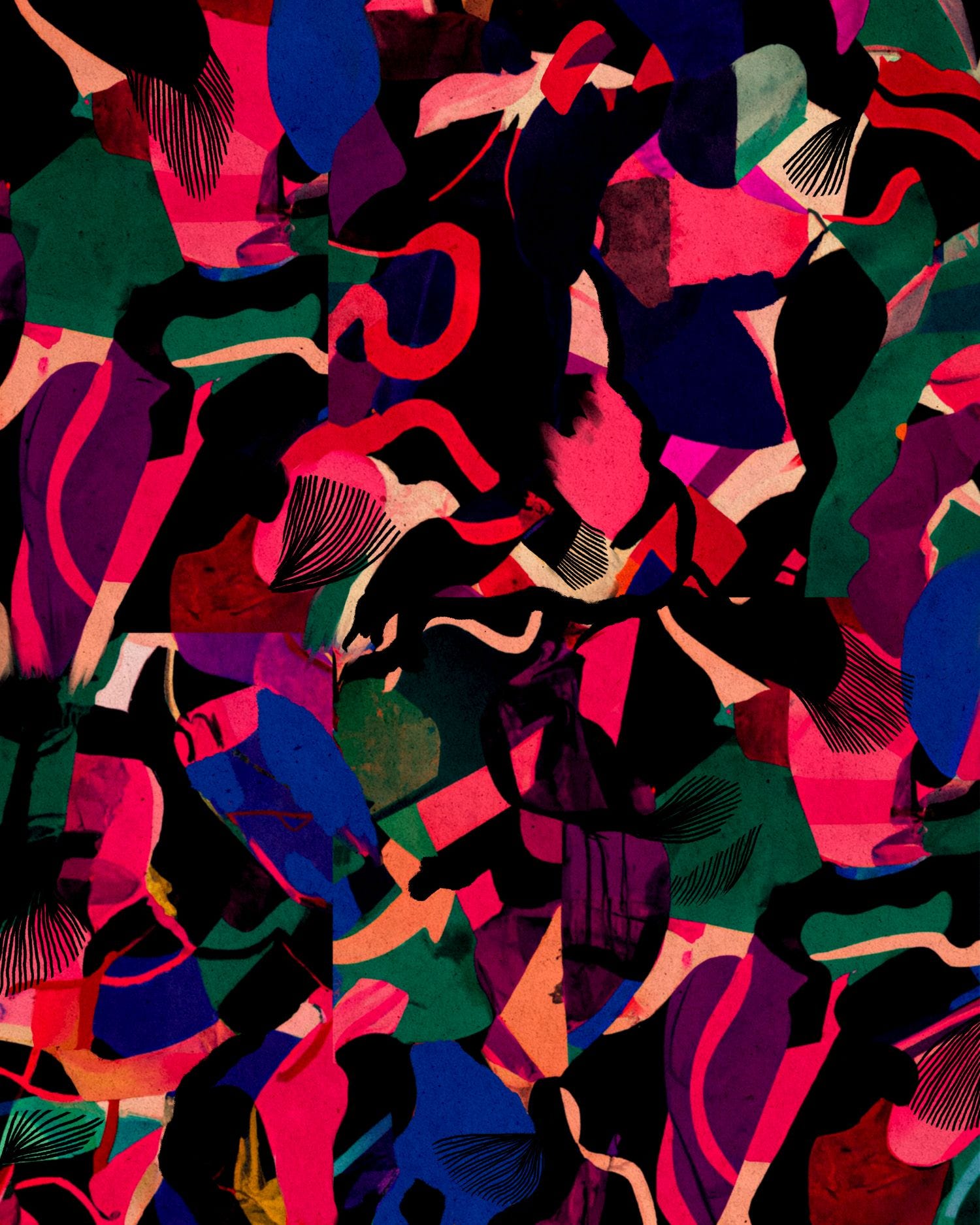
- And if you want to see how this is not a technological phenomenon, I beg you to please please watch the documentary Exit Through The Gift Shop.

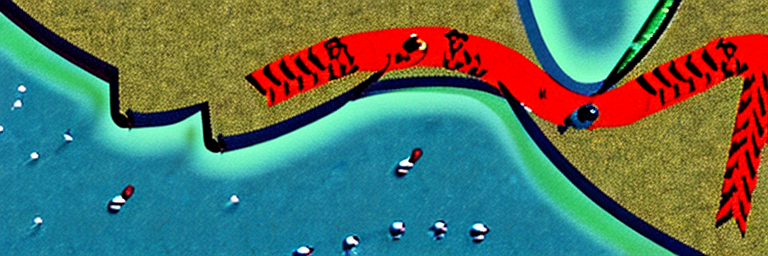
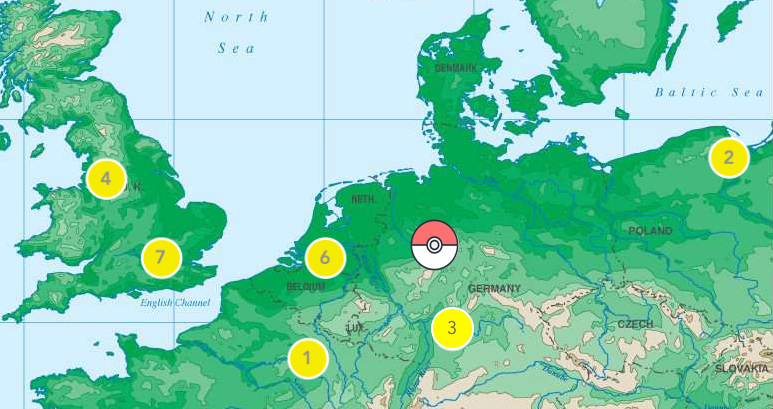
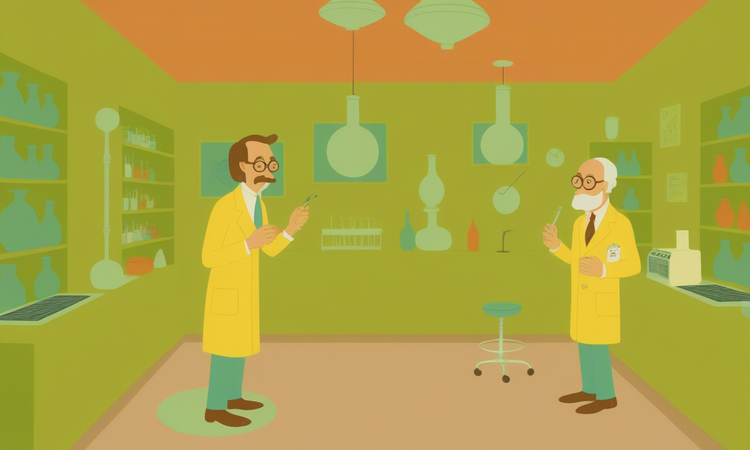
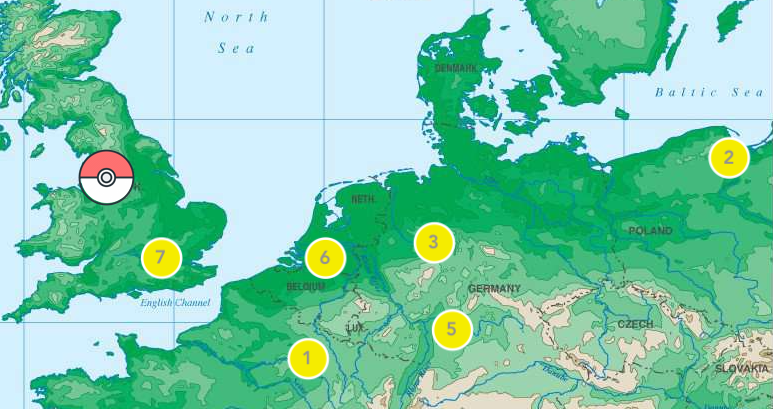
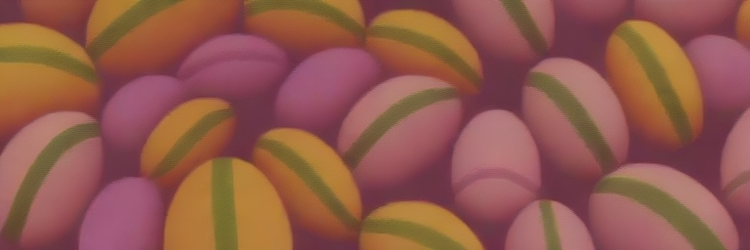
Member discussion